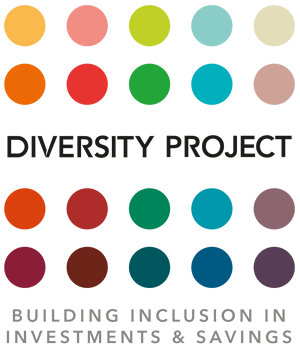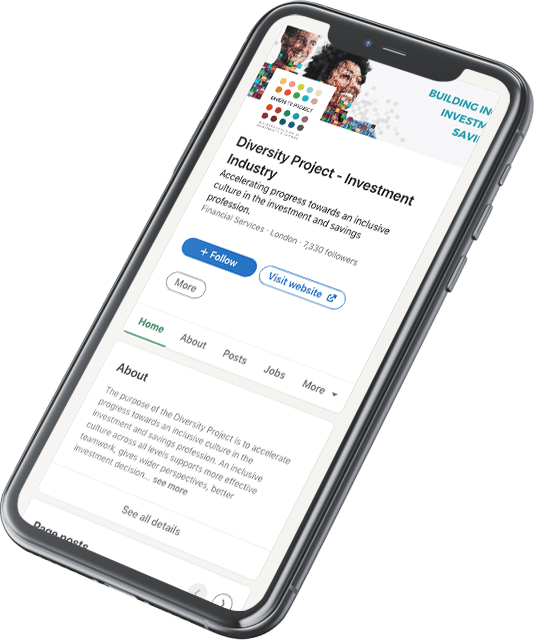Top Inclusivity Myths to Stop Believing
As highlighted in our previous post ‘Solving The Problem Of The Lack Of Gender Diversity In Asset Management’, improving inclusivity within a company begins with gathering data about how diverse and inclusive your company actually is. This will give you an idea about what areas to focus on to become more effective in fostering an inclusive culture. You should also learn about some of the most common myths about inclusivity so that you don’t fall prey to any misconceptions.
To give you a head start, here are some you should definitely take note of:
Myth 1: Inclusion is just about gender and race
While race and gender are elements that people usually think of upon hearing the words ‘diversity’ and ‘inclusion’, they actually just represent the tip of the iceberg. Inclusivity involves a number of traits such as political affiliation, age, marital status, disability, gender identity, sexual orientation, cultural background and even thinking style.
The inability to see that this concept goes beyond gender and race is usually the reason why companies fail in their efforts. A Forbes article about diversity and inclusivity explained that the key to encouraging an inclusive environment is understanding the concept in its entirety, thus, acknowledging the full spectrum of traits and realizing that it means so much more today than it used to.
Myth 2: Wellness is one-dimensional
Much of the push for inclusivity has been fuelled by a growing recognition of the importance of worker wellness. Industries across the globe are doing all they can to promote safe, comfortable spaces for their employees.
Unfortunately, when it comes to providing outlets for workplace wellness, more often than not, this simply means yoga classes, meditation workshops, and gym memberships. However, if you’re trying to create a more inclusive environment, this means catering to the needs of everyone, not just a selected few. Pain Free Working describes how simple changes such as having natural light and better air quality can positively impact all your employees.
To achieve a workplace that has an inclusive design, on top of an inclusive culture, consider how every change can have greater accessibility and usability for a broad range of employees, regardless of any differences. As much as possible, accommodate and plan an inclusive design beforehand and see to it that it doesn’t segregate any employees or draw attention to them based on any special requirements or needs.
Myth 3: Inclusion is solely HR’s responsibility
On a daily basis, HR deals with several logistical operations such as onboarding, redundancies, disputes, payroll and many more — all in the background to ensure that teams run smoothly. This entails that there is little to no time for the HR department to kickstart an all-encompassing cultural change alone.
For the efforts to encourage inclusivity to be effective, an article by the Entrepreneur emphasized that those in senior roles must be champions of diversity and inclusivity in the workplace. More than the employees, it is the leaders’ responsibility to set an example. Leaders can begin by being more vocal about relevant initiatives, starting group conversations and keeping themselves updated about the methods companies can employ to further advance inclusivity and diversity within the workplace.
With more and more people becoming aware of the social, political and environmental realities that today’s society face, companies, more than ever, are incentivized to forward inclusivity. When companies realize that inclusivity is more than just race and gender, and that it’s also reflected in the design of the workplace, with every employee – especially the leaders – being responsible for its promotion, a more inclusive workplace can be easier to achieve.





